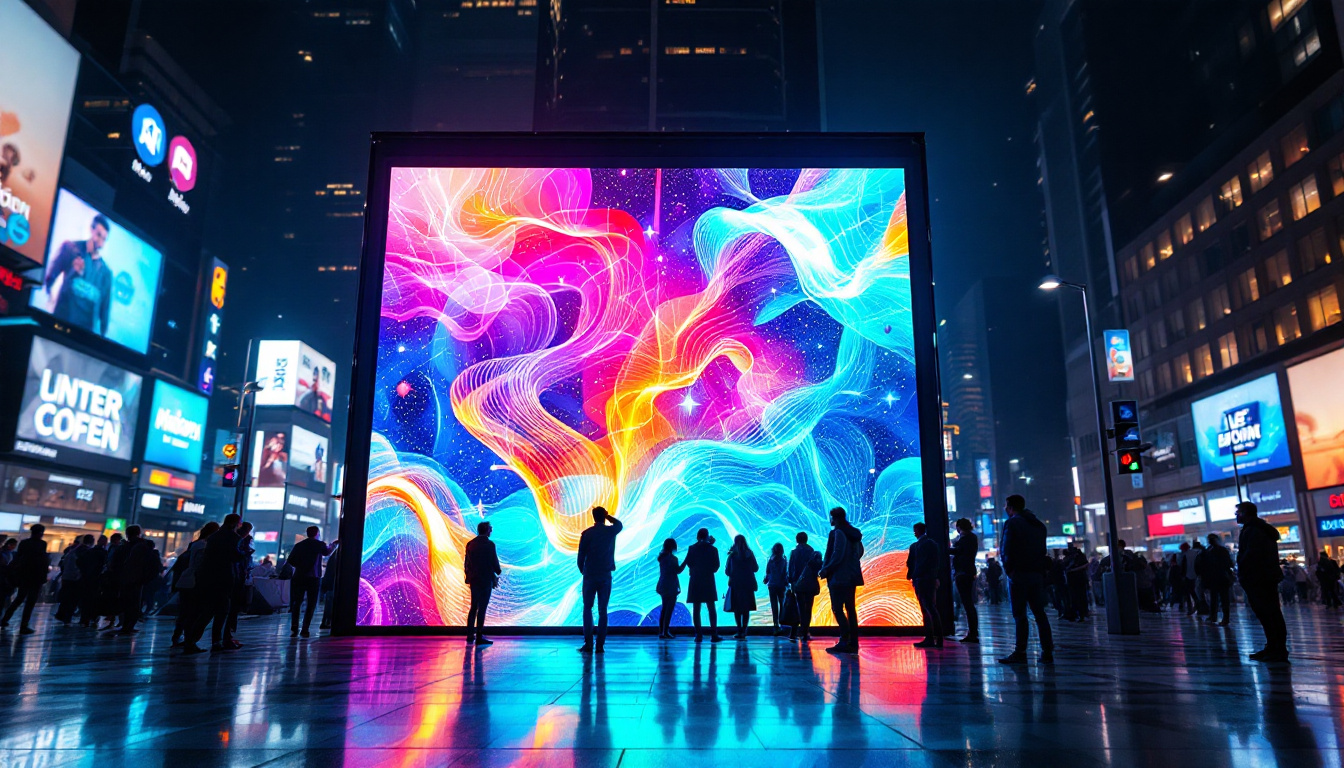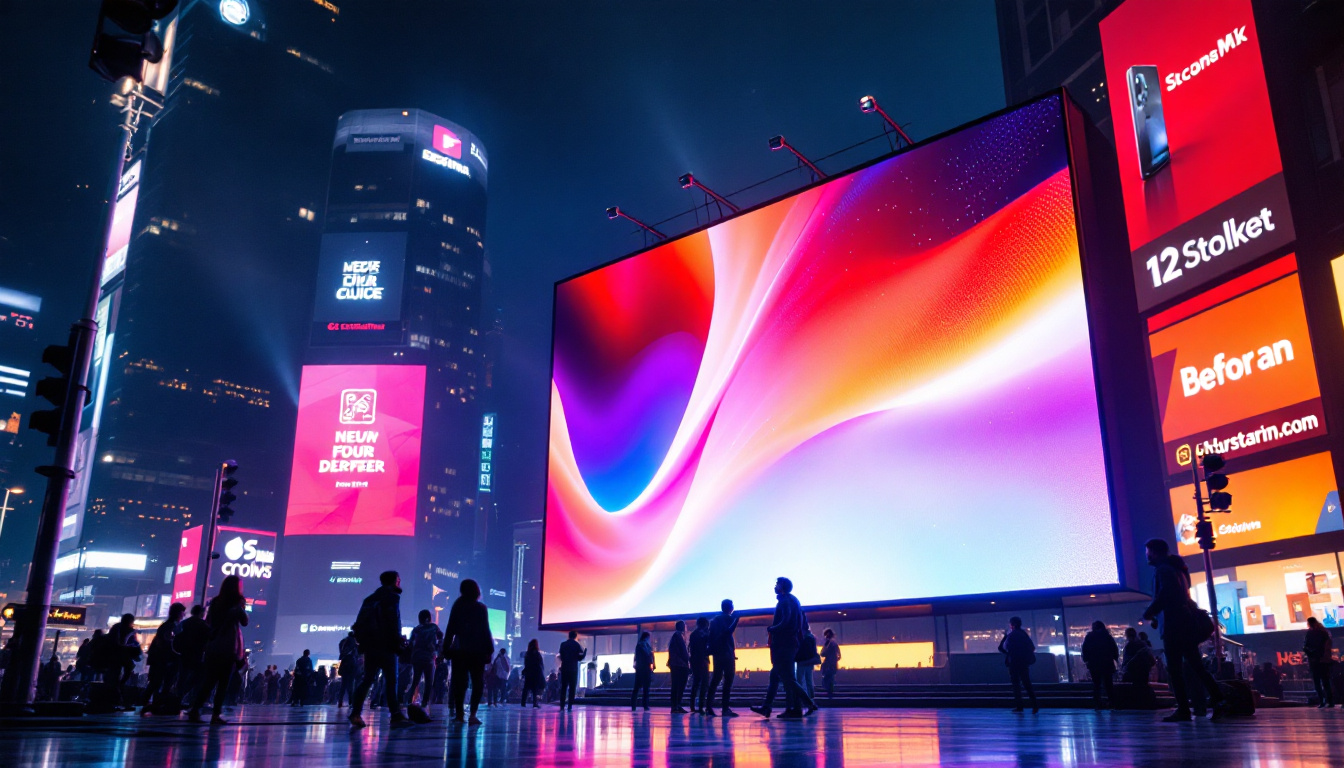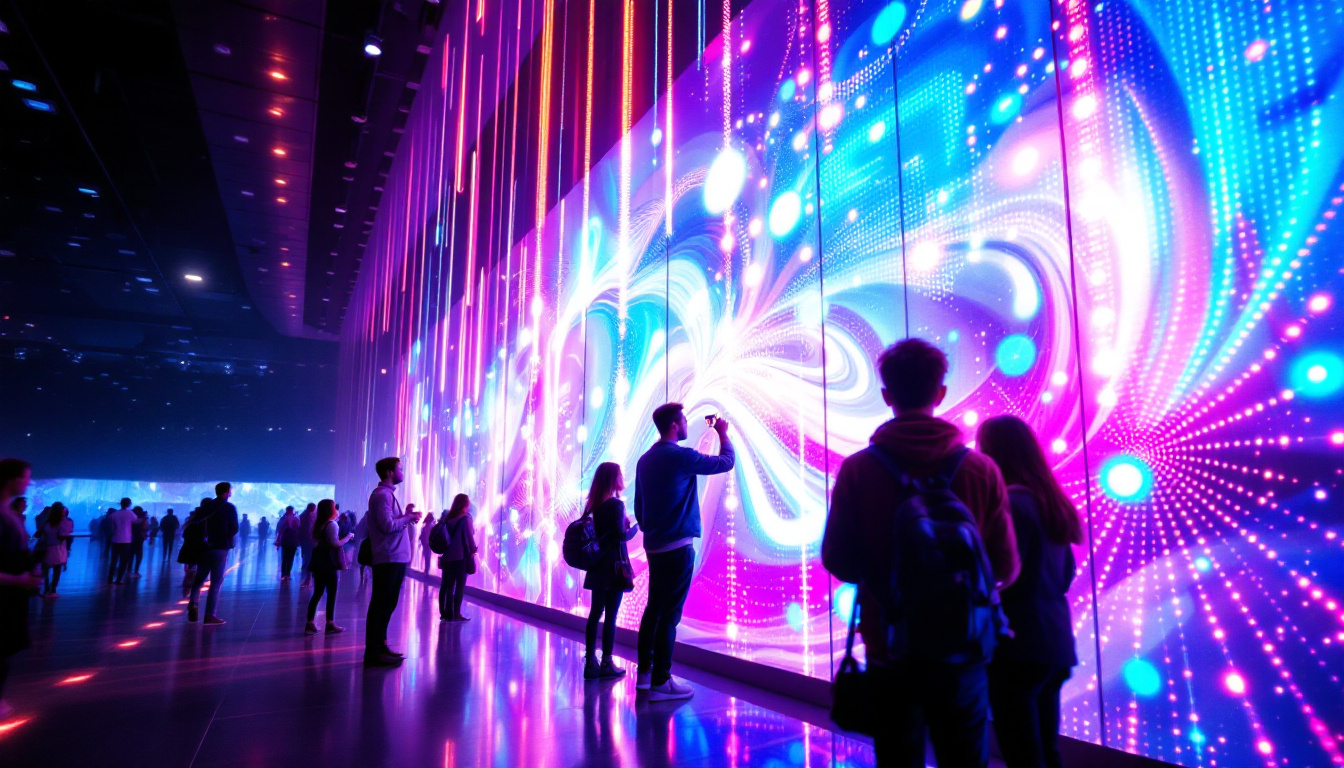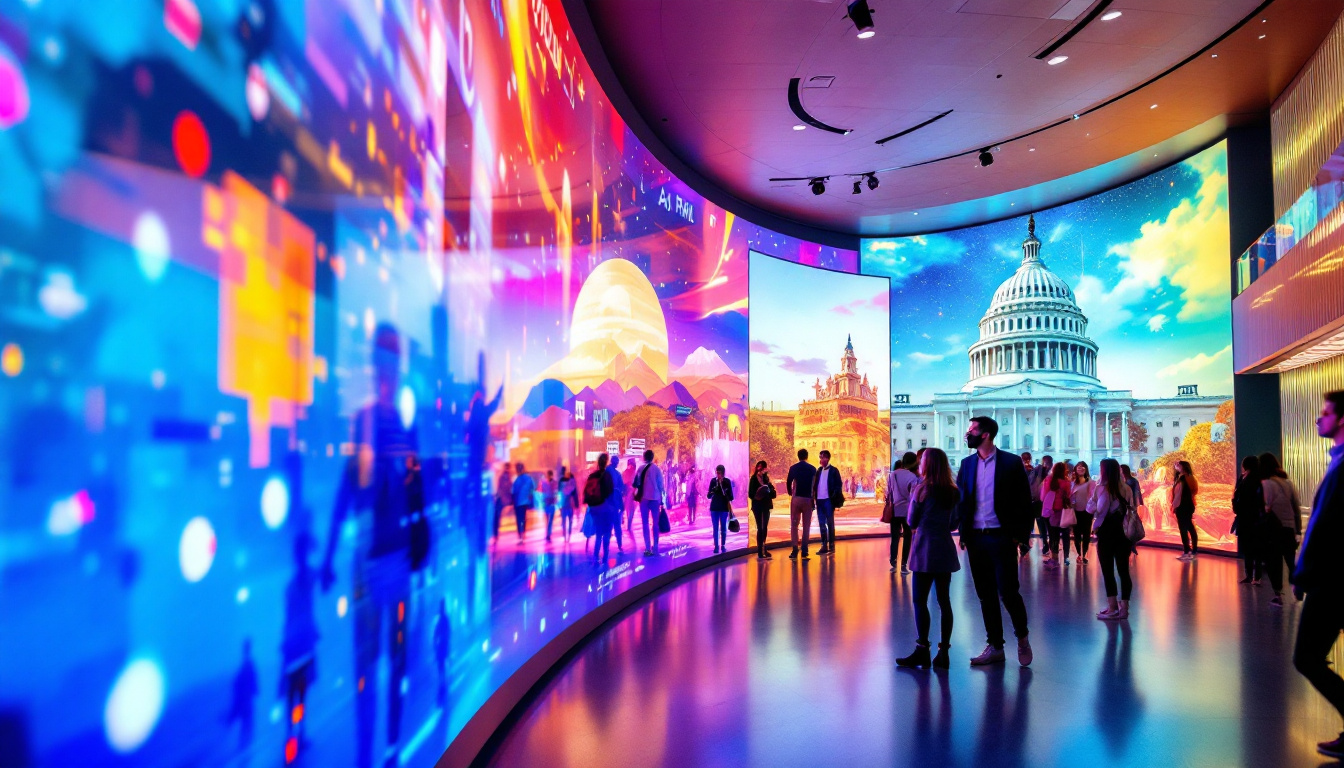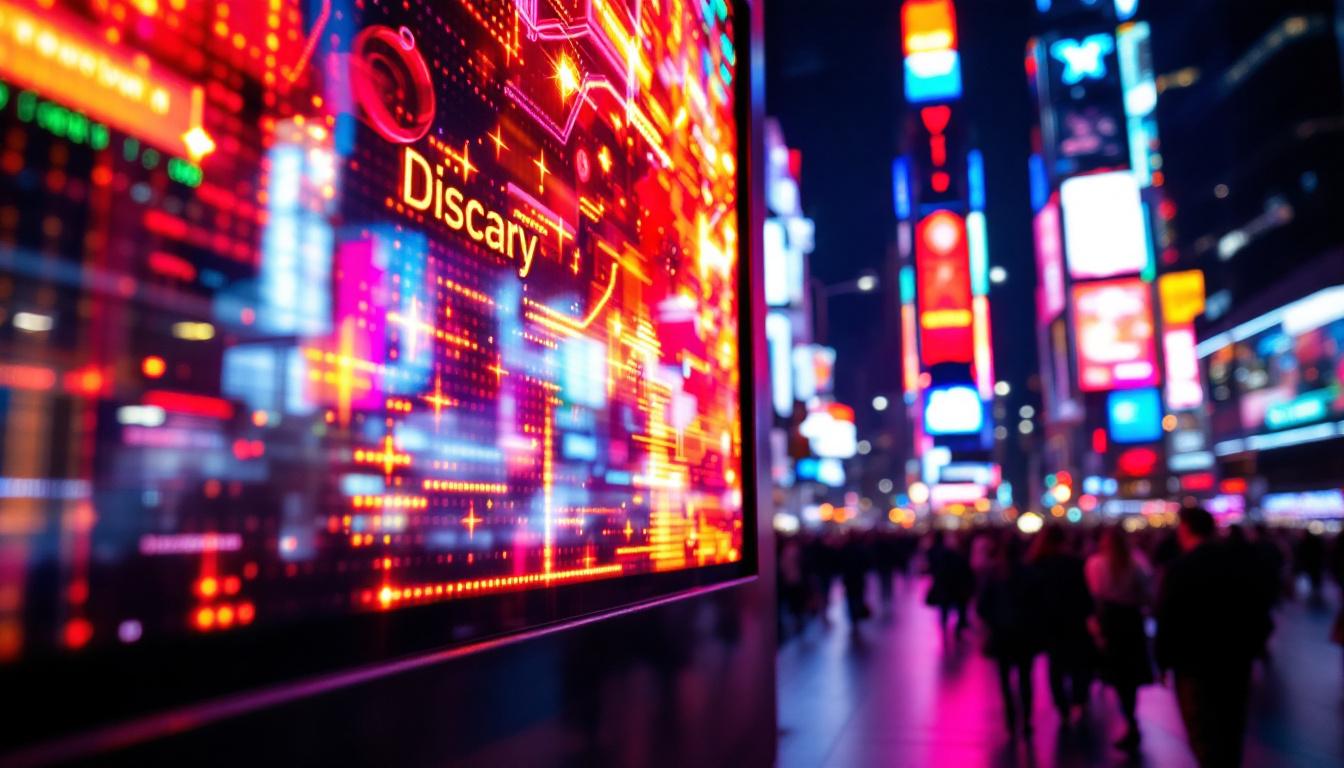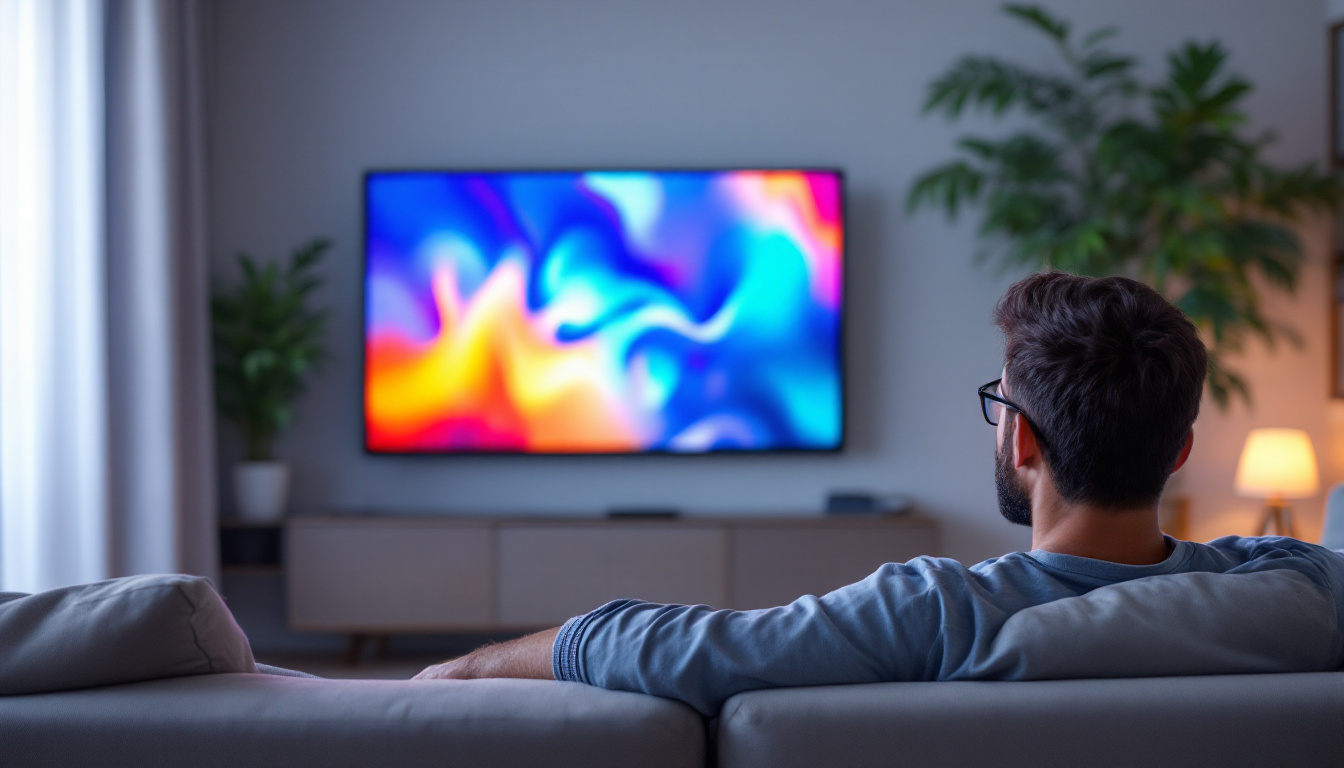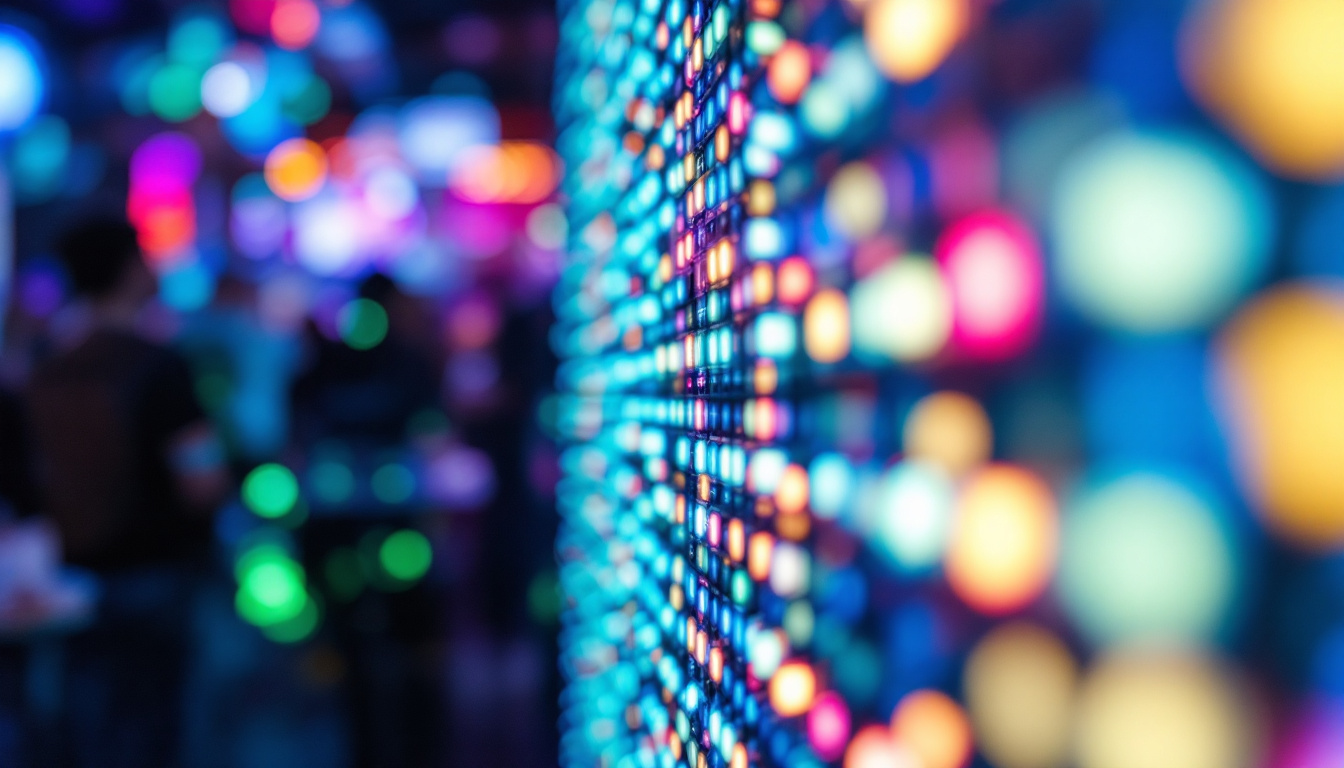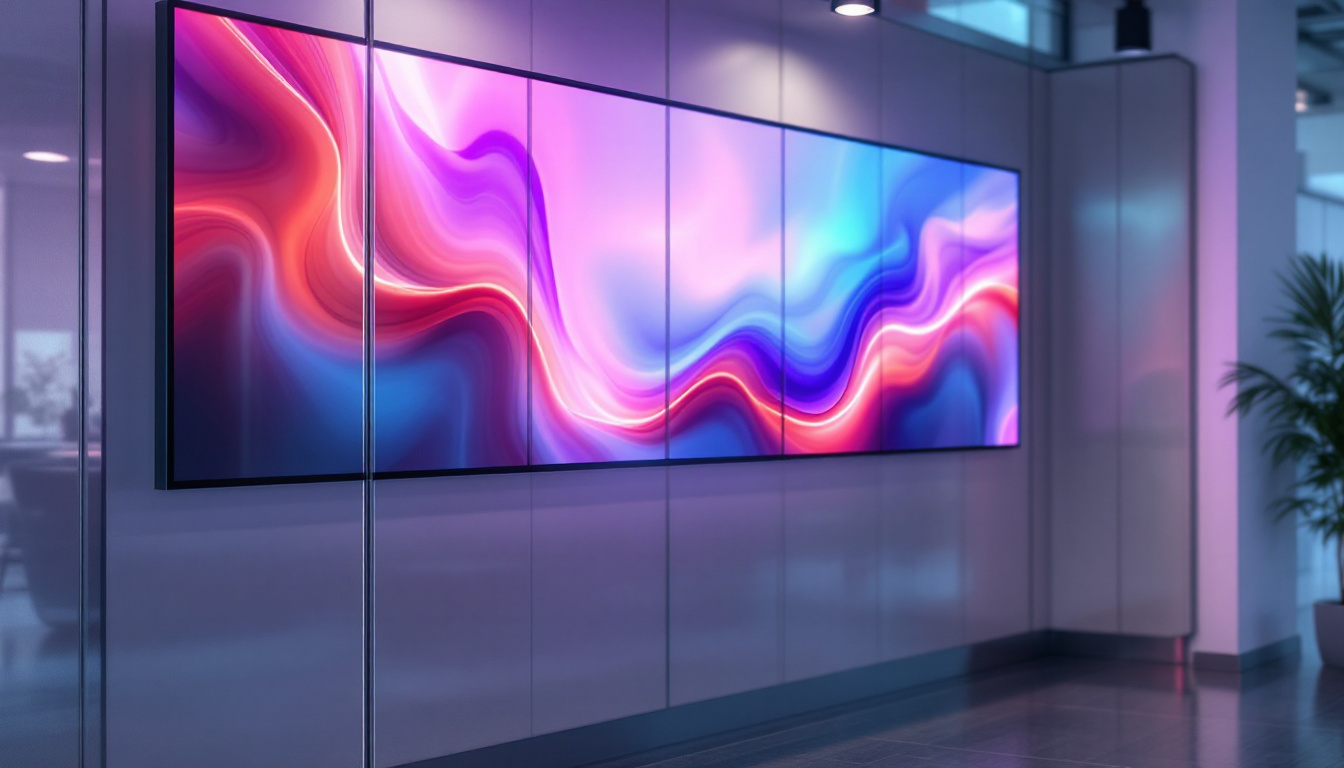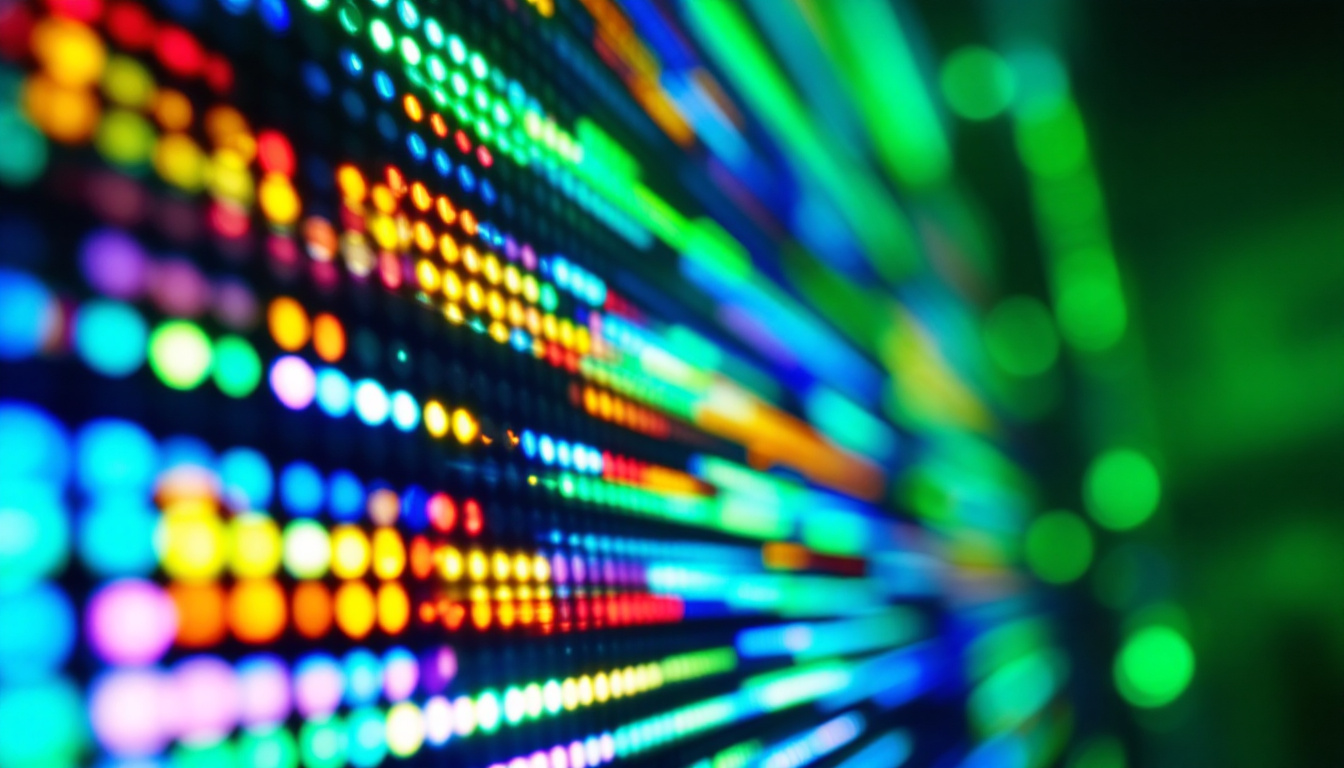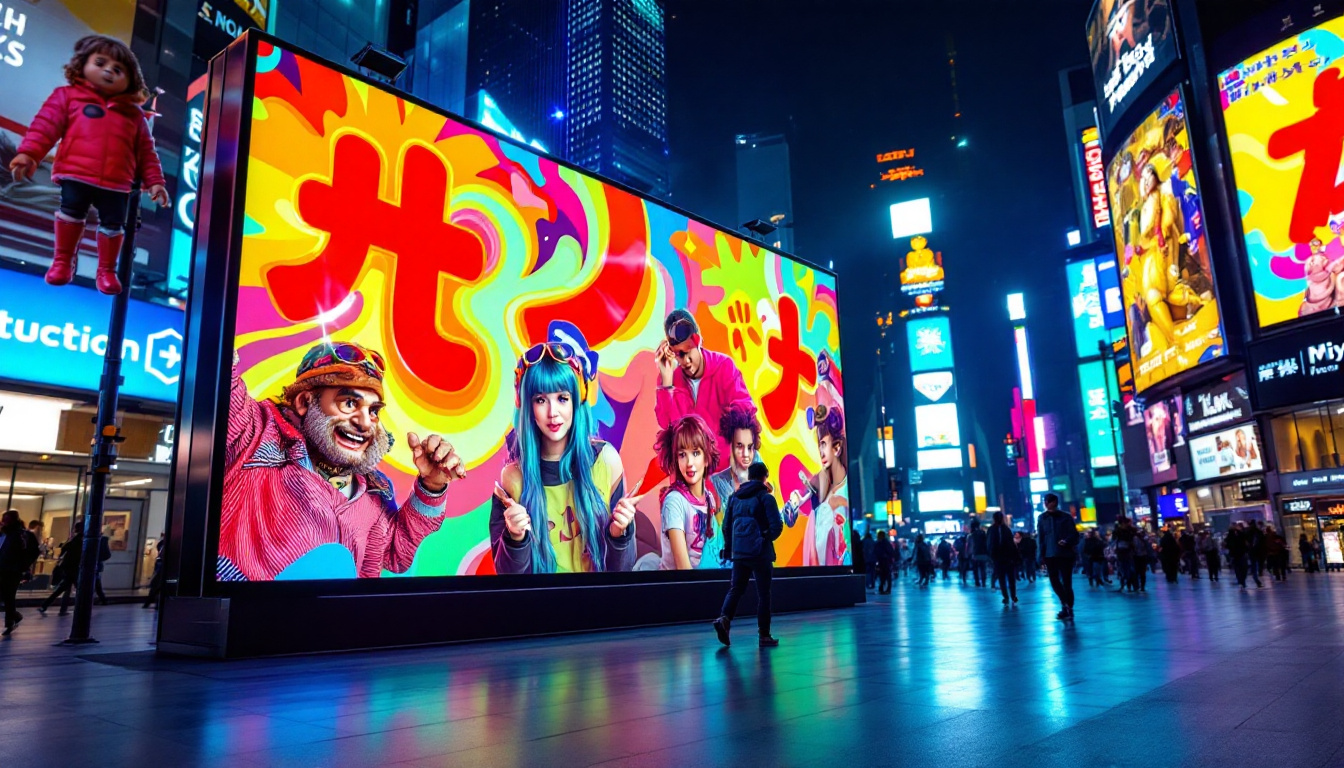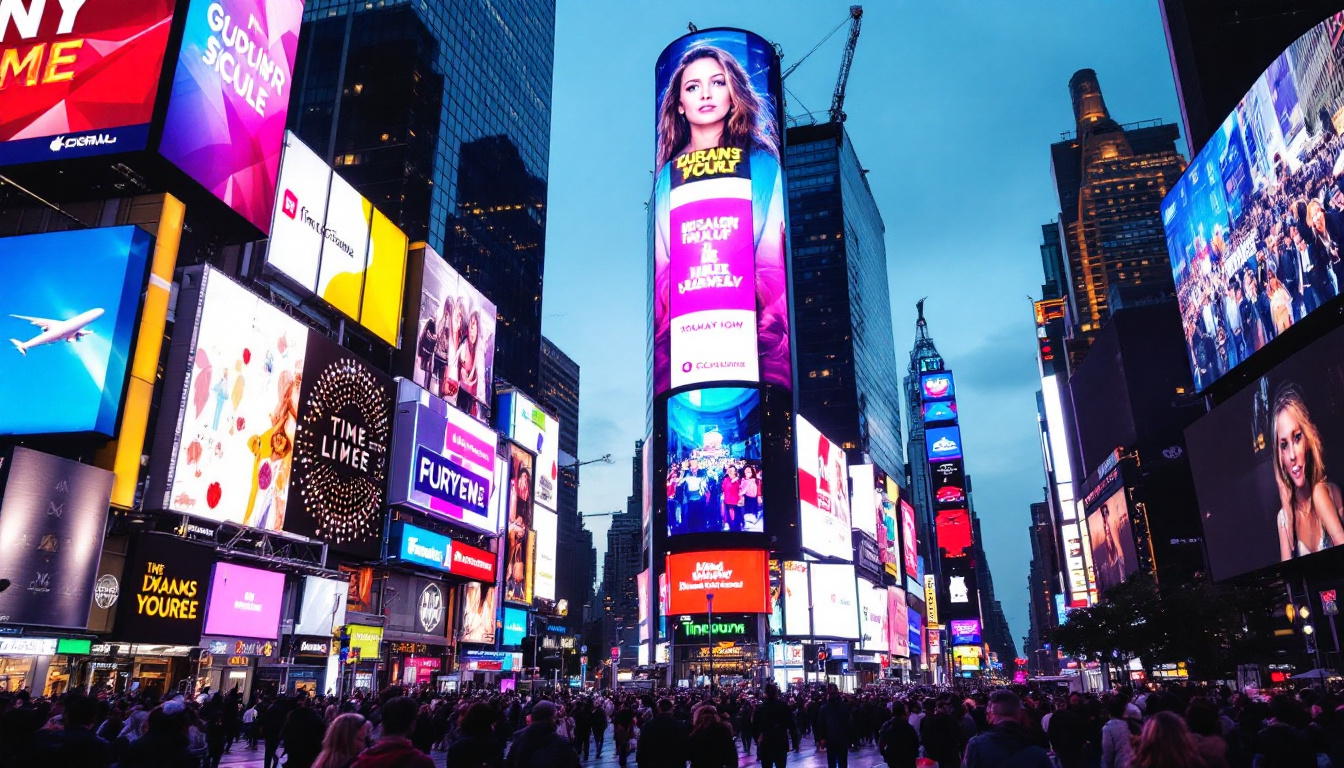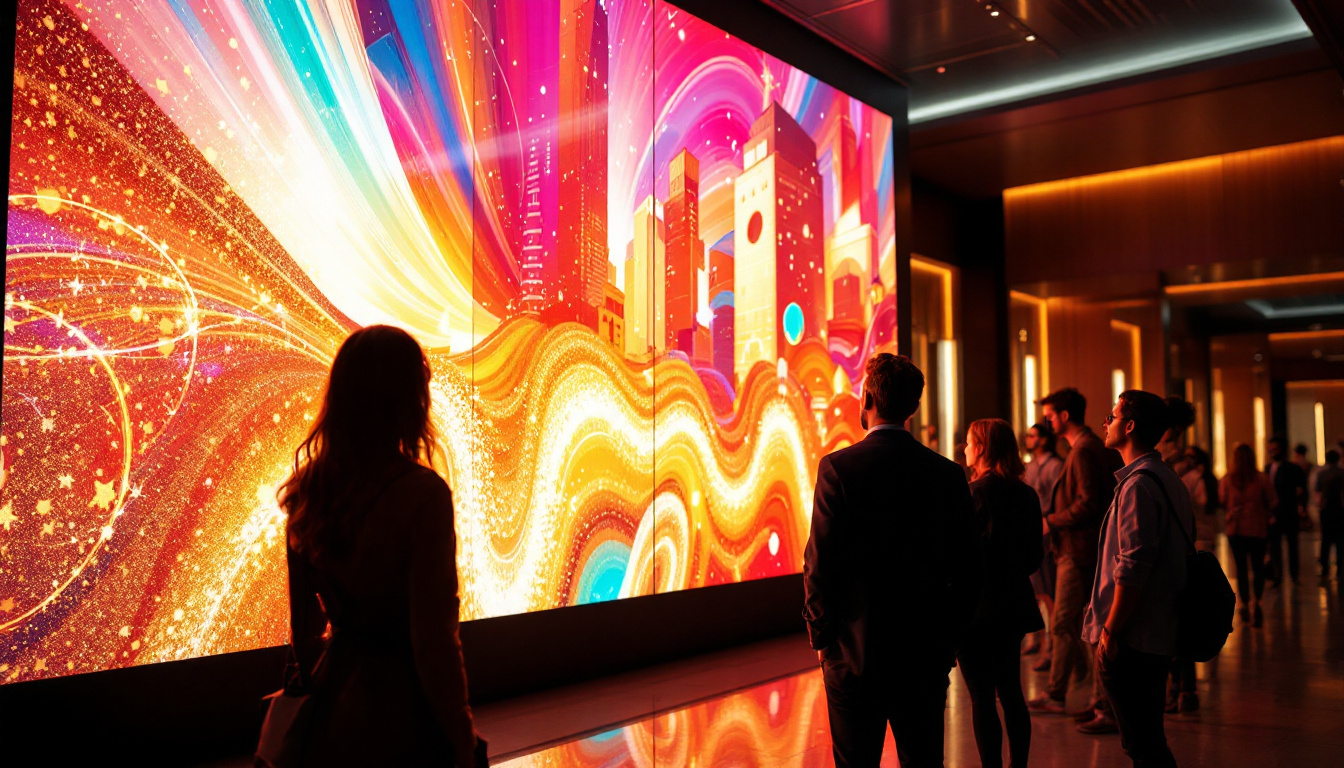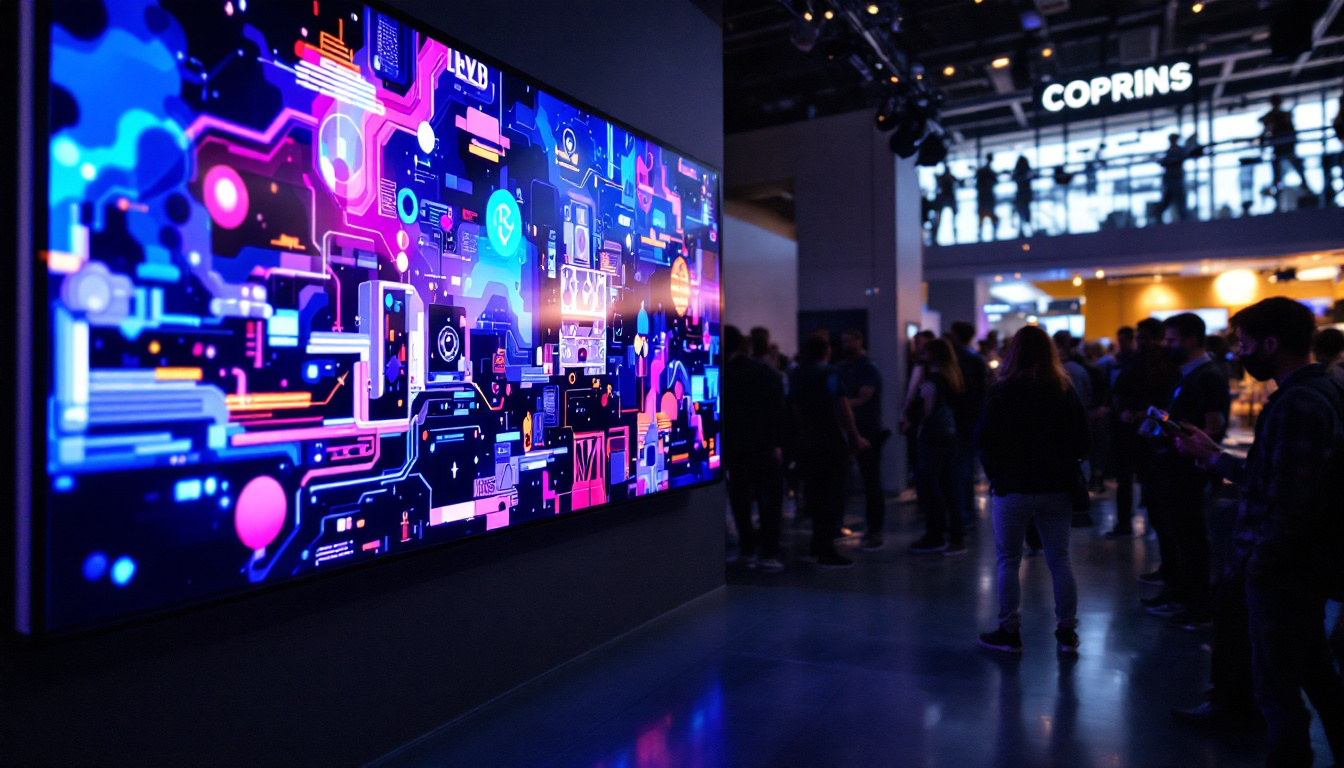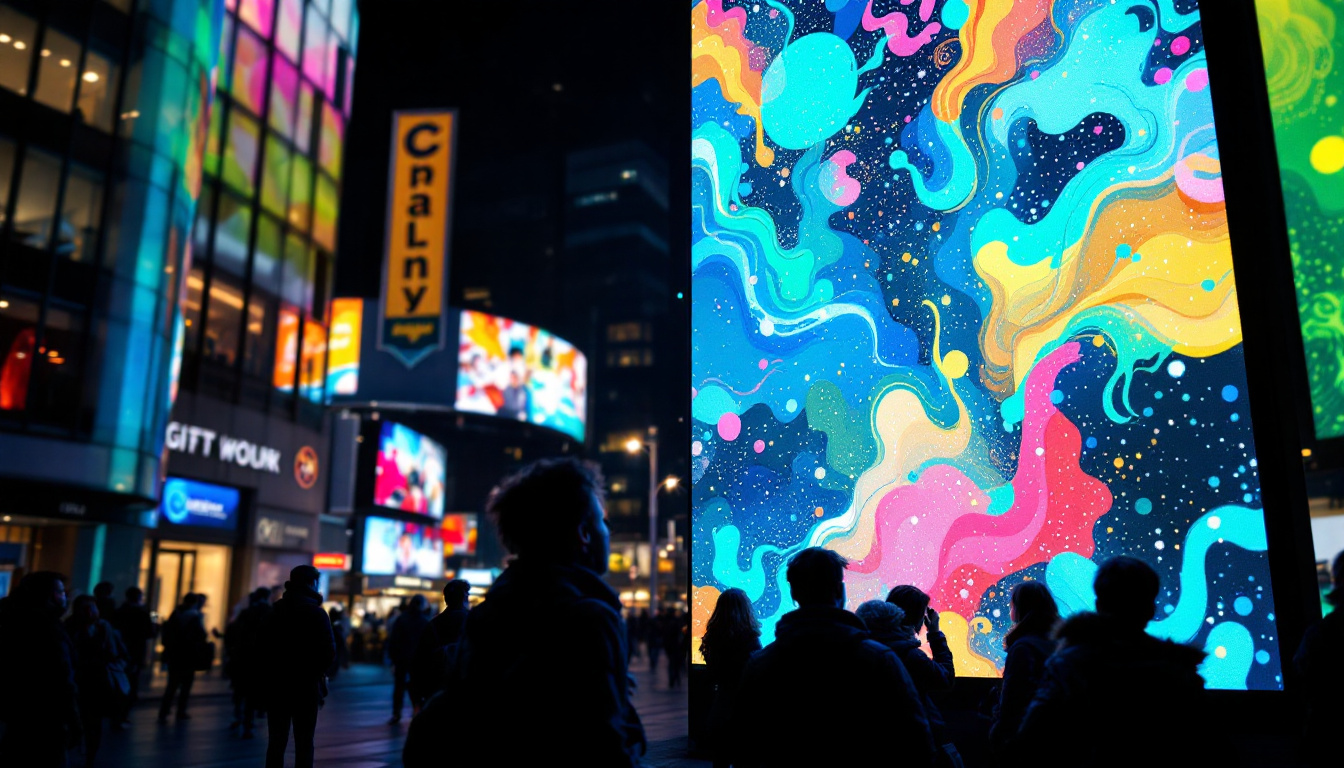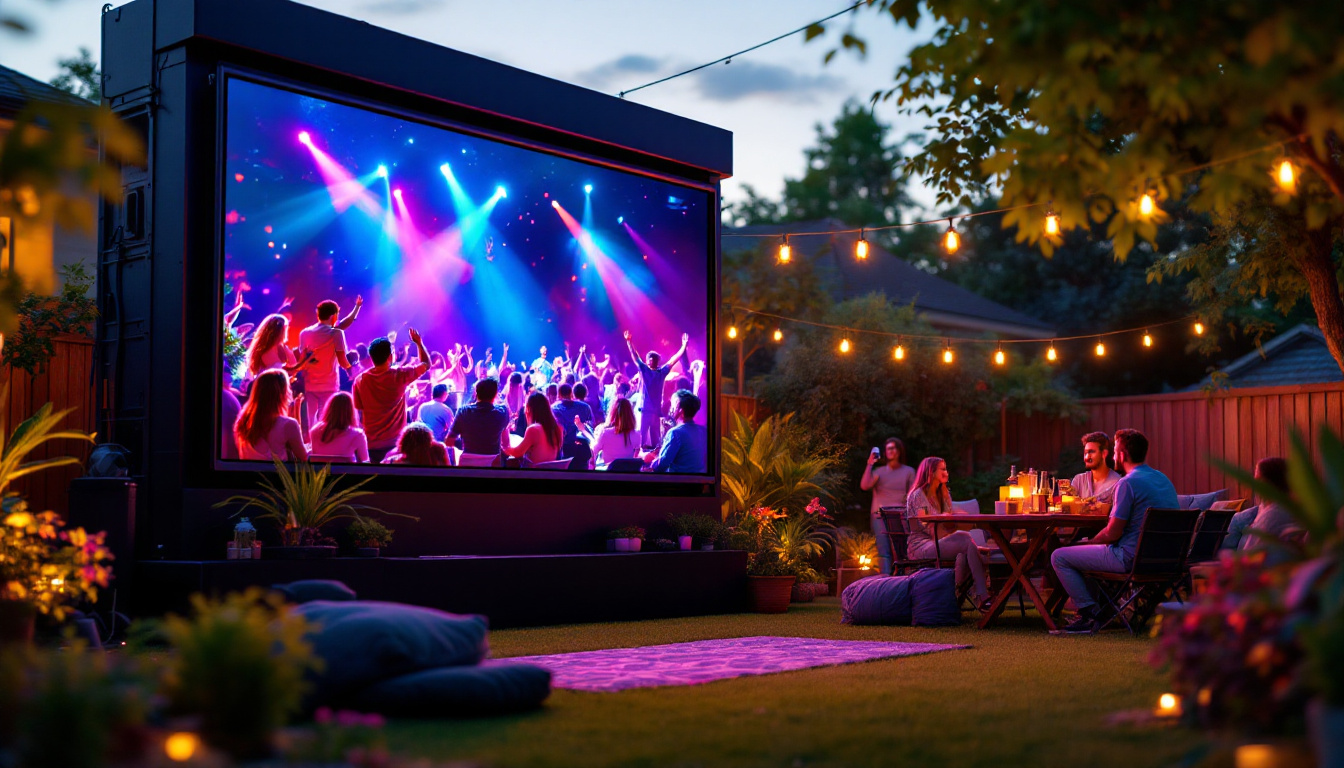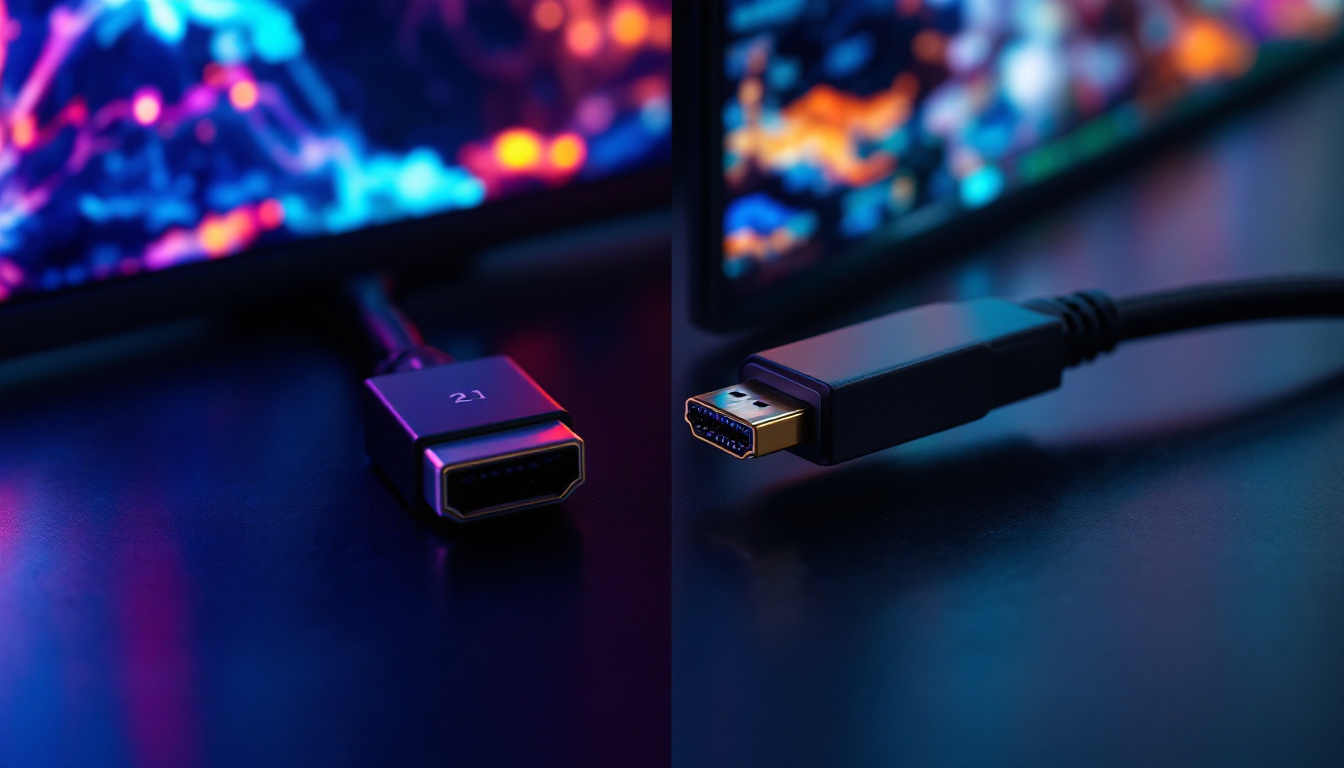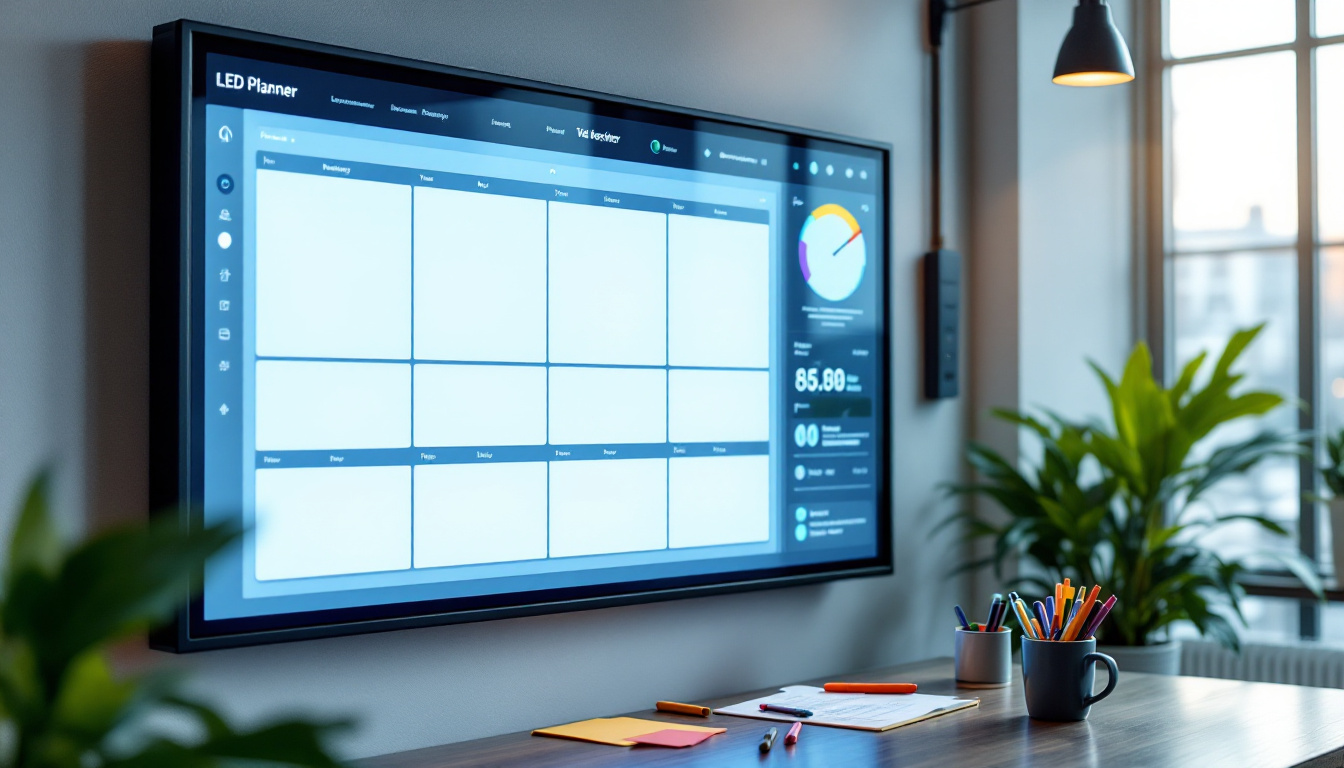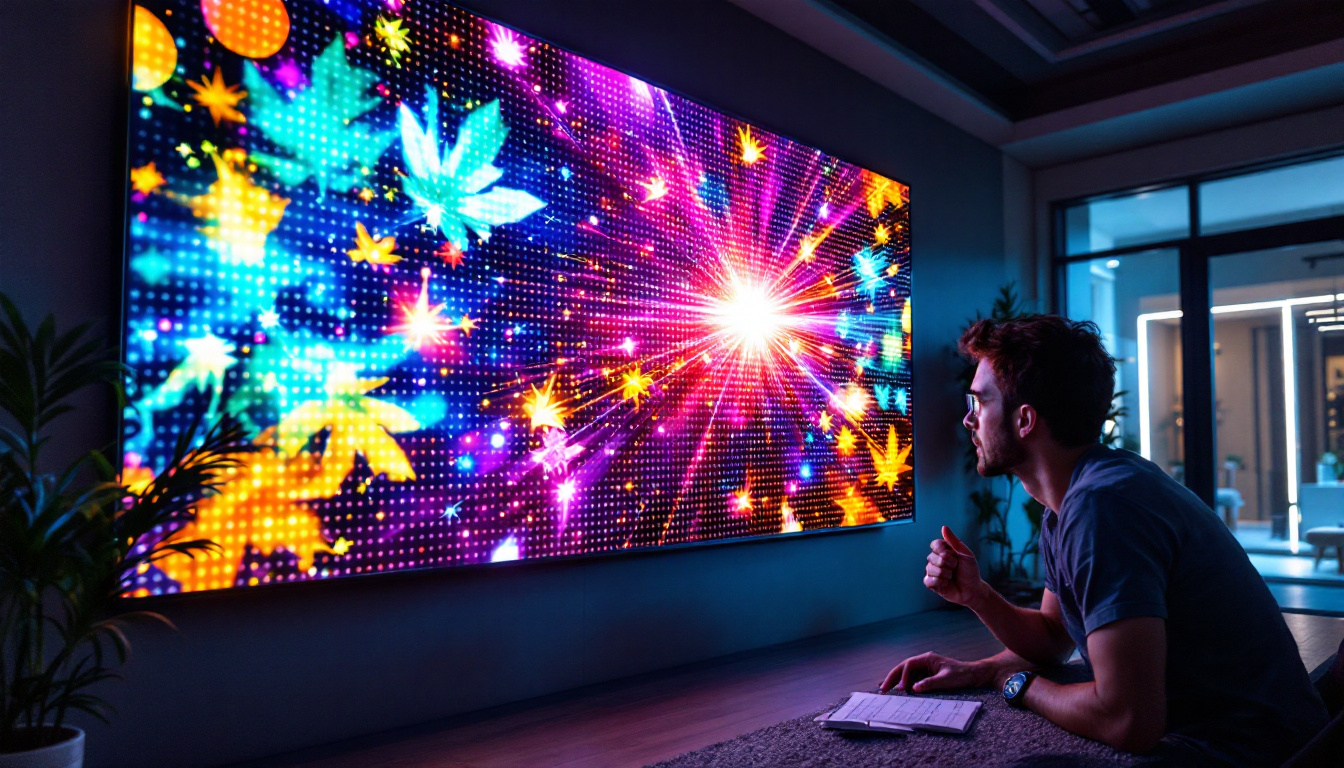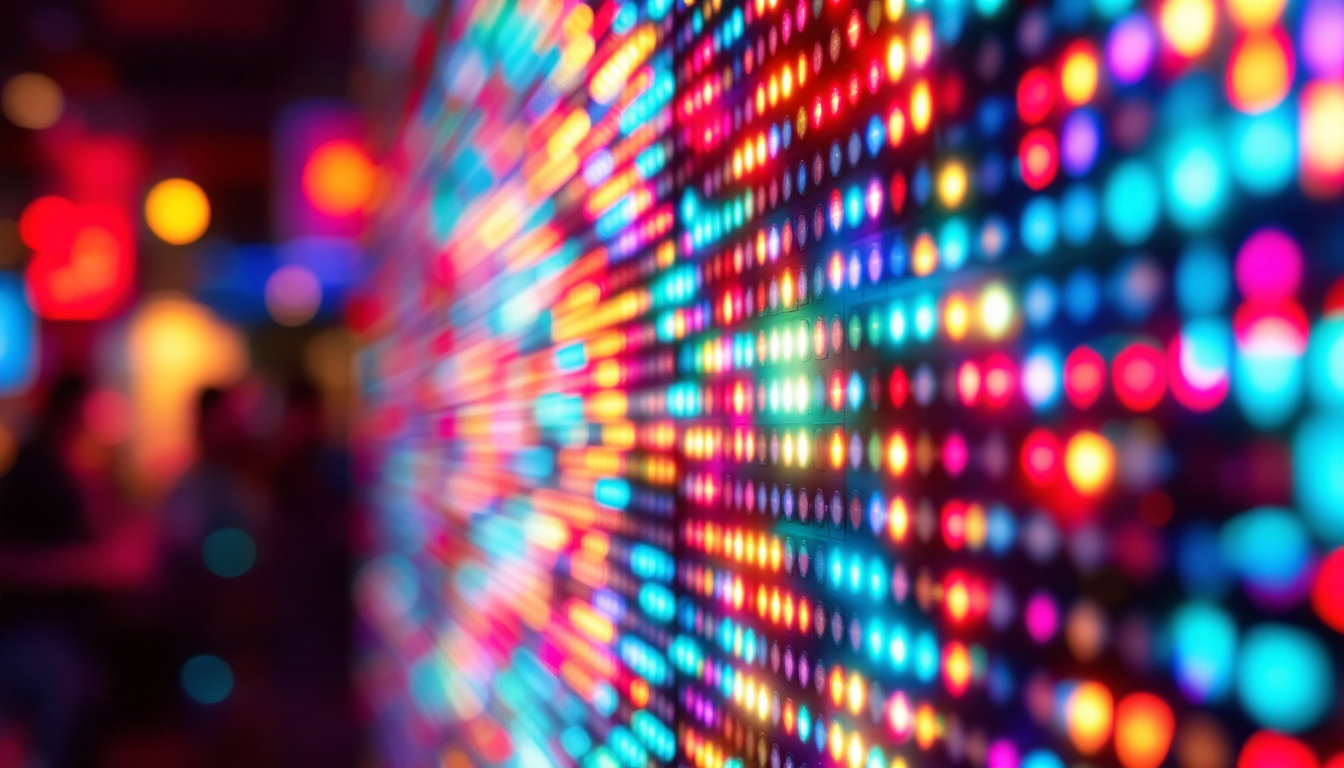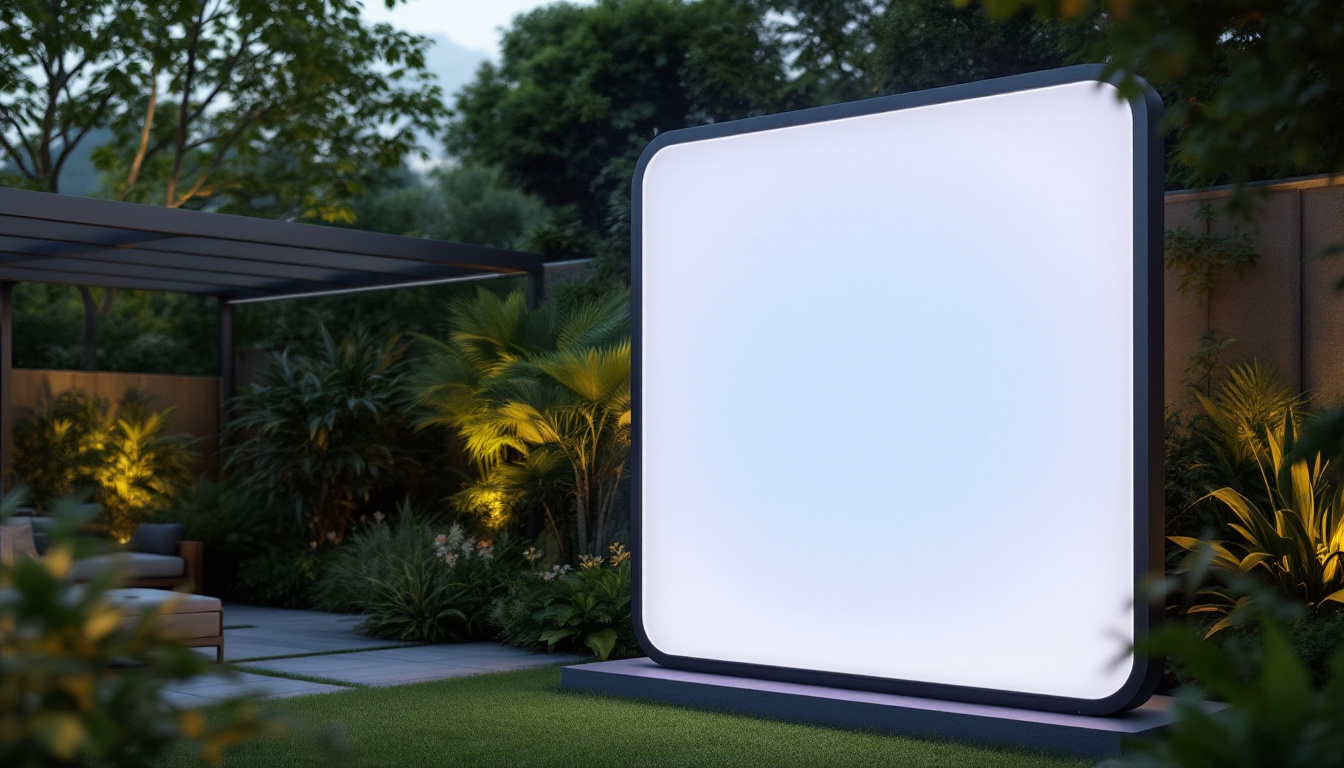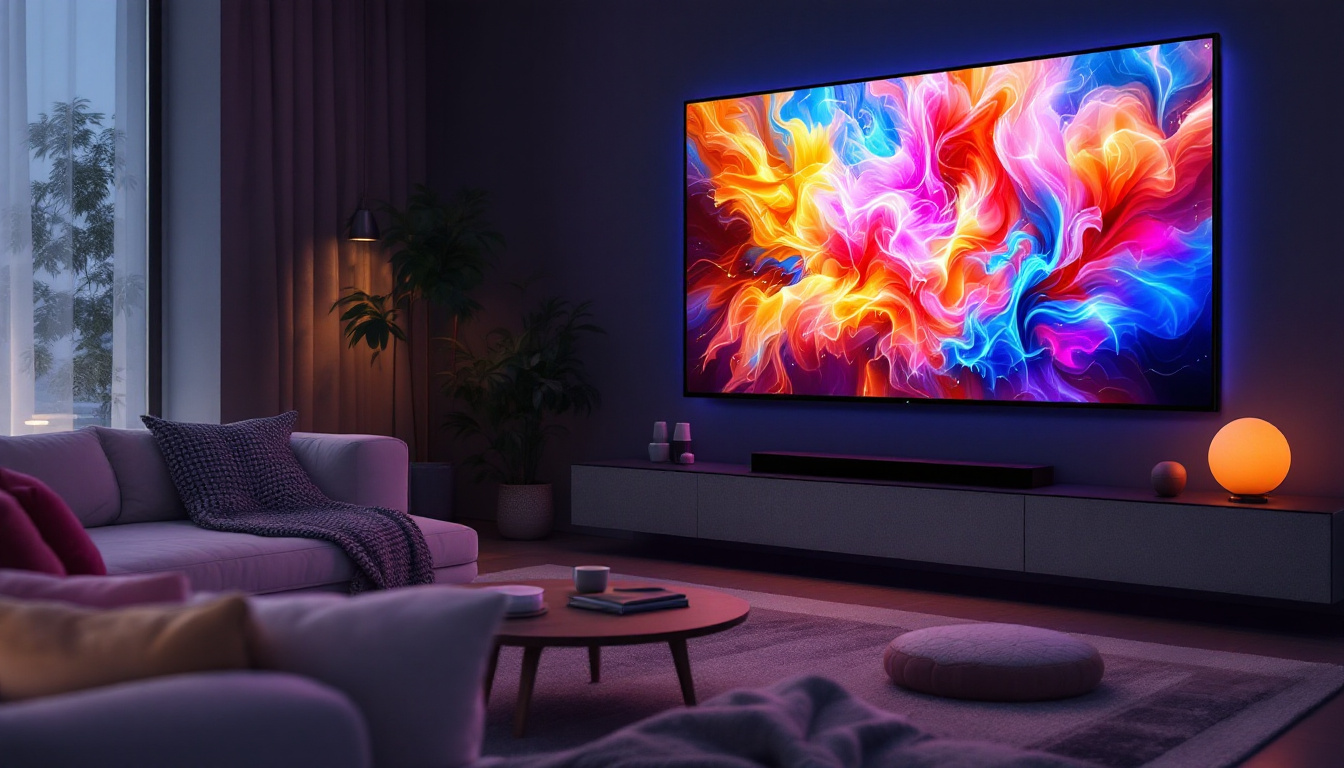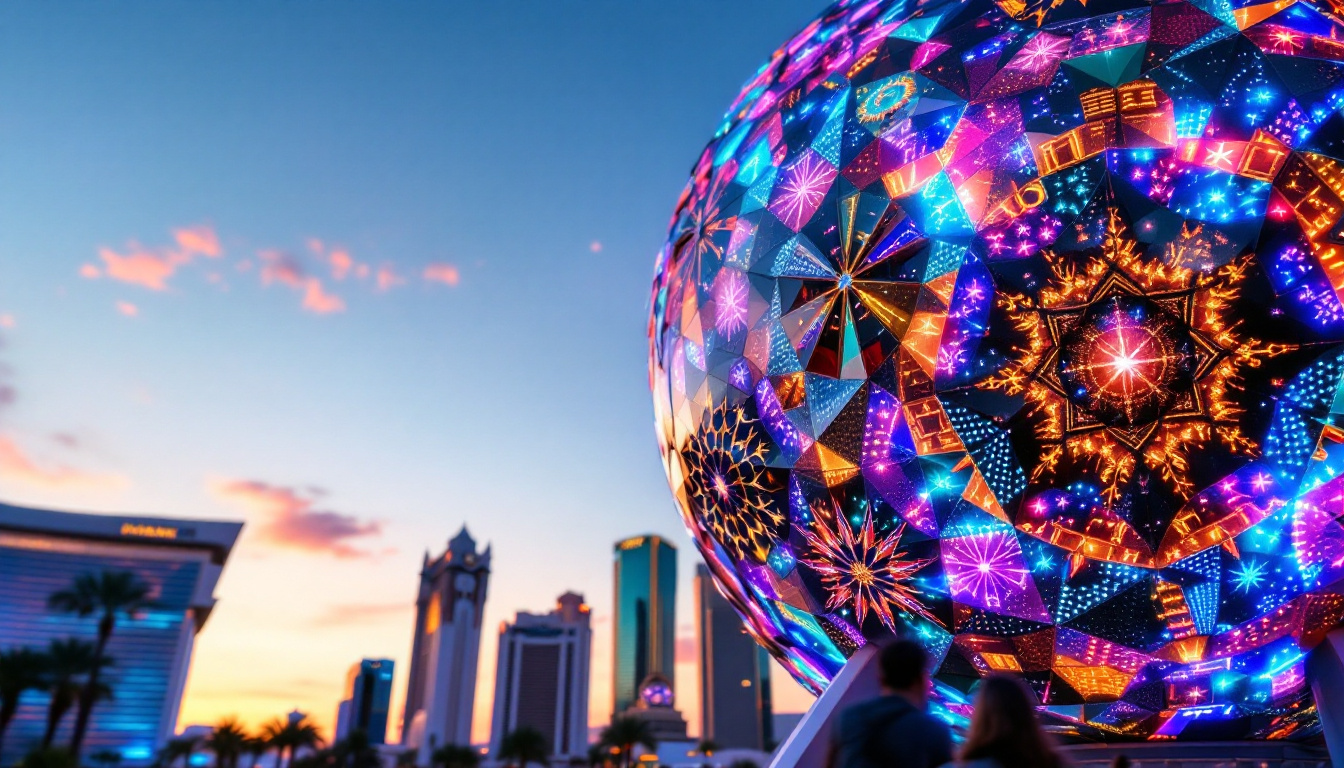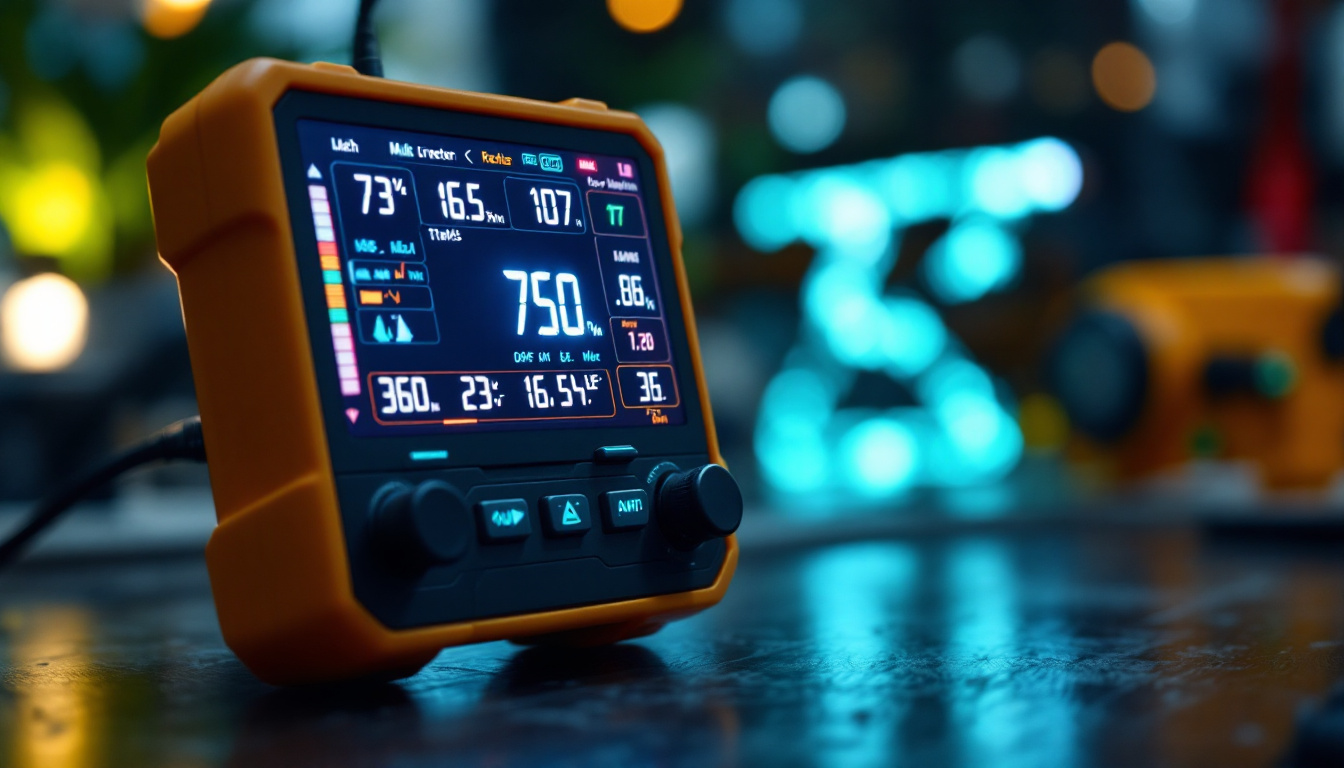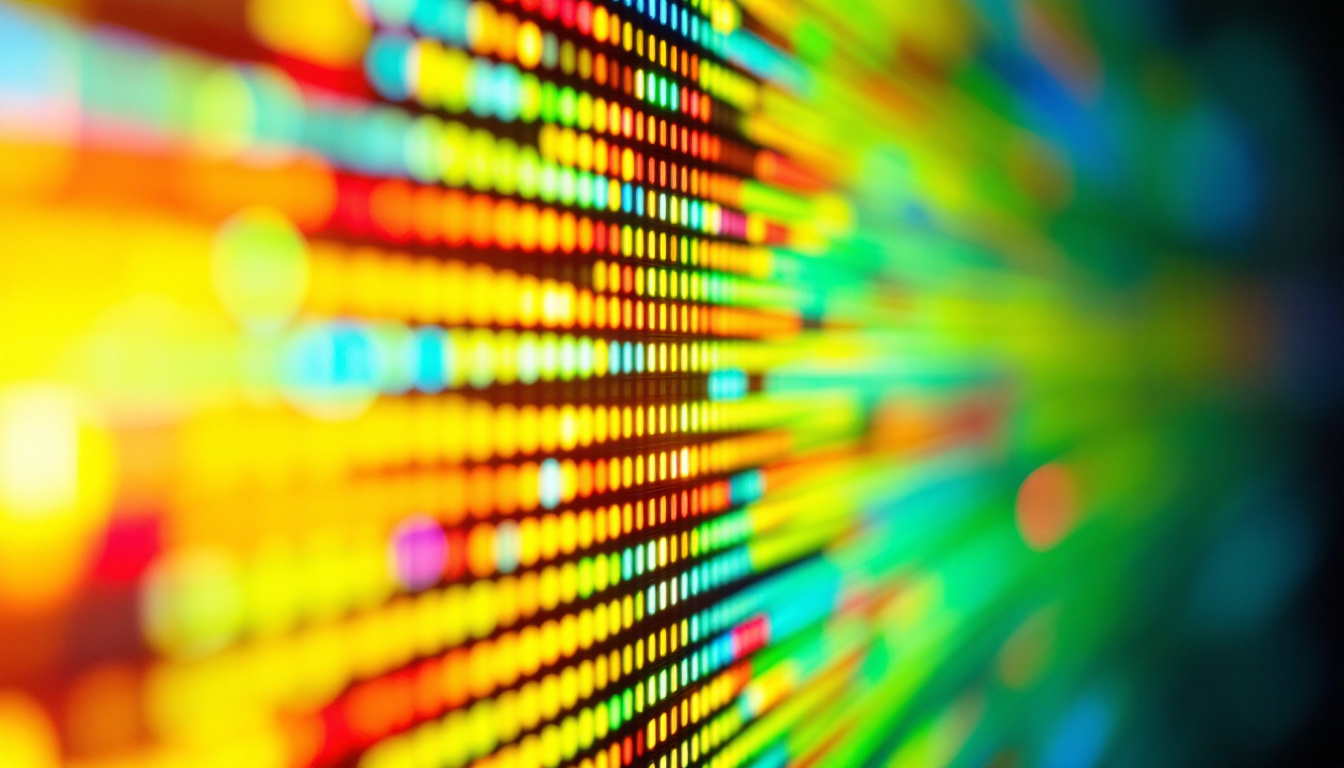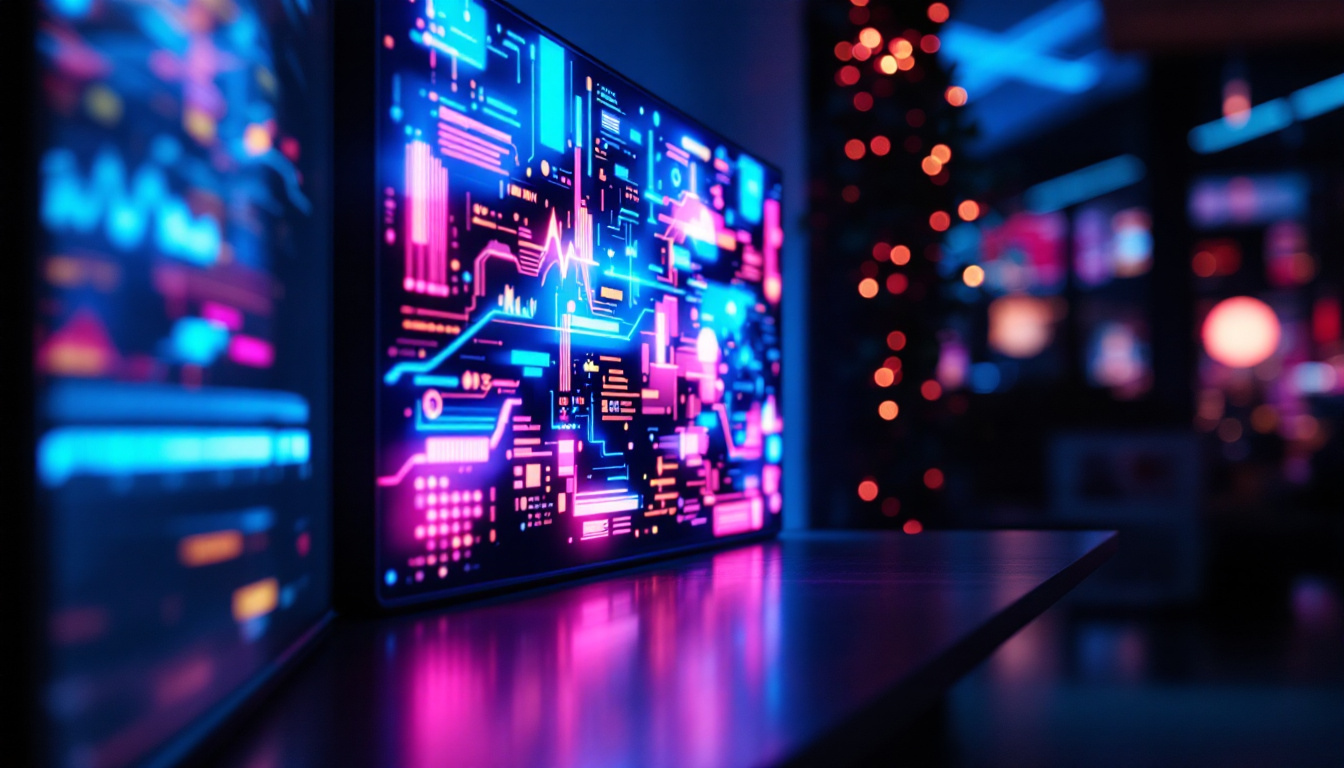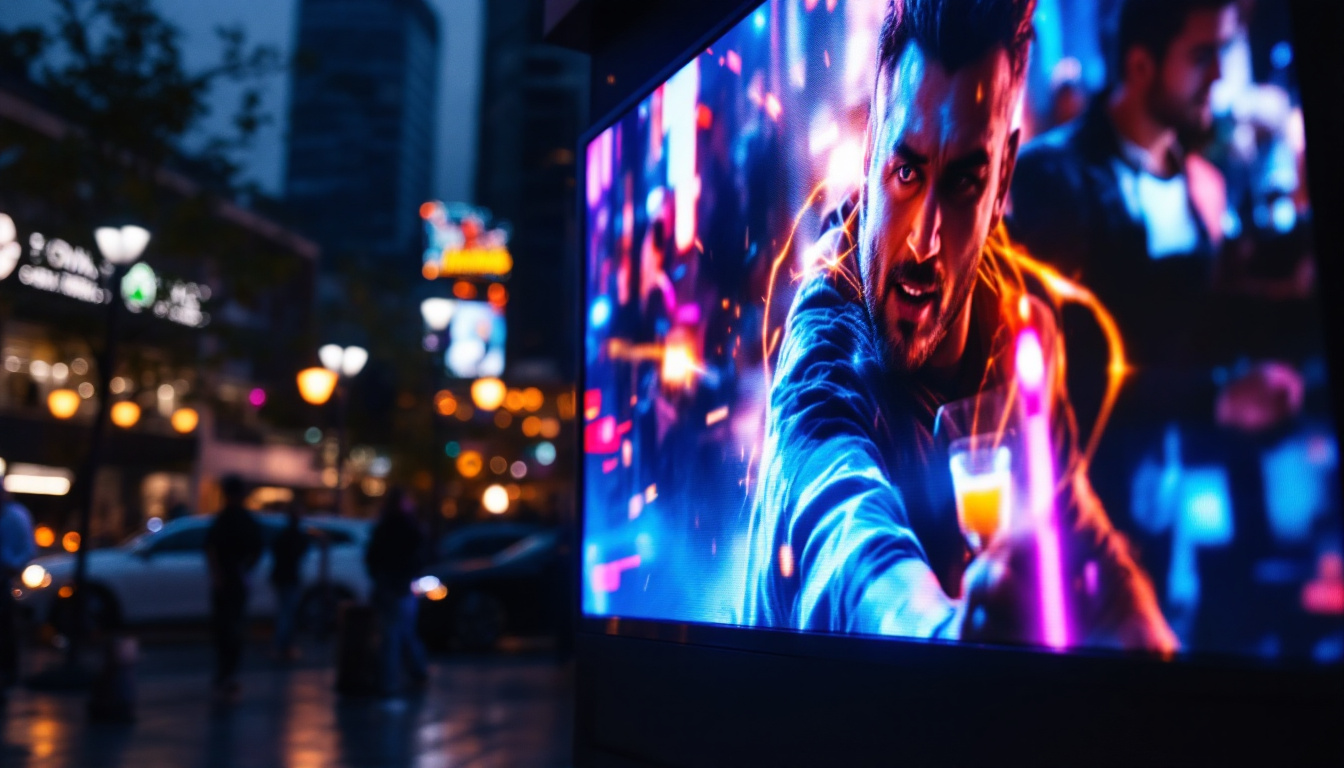In the rapidly evolving world of technology, LED displays have emerged as a transformative force across various industries. From advertising to event management, these displays have revolutionized how information is communicated to audiences. Vision Print Solutions, a leader in the printing and display solutions sector, has been at the forefront of this innovation. This article delves into the intricacies of LED displays, exploring their functionality, benefits, and applications.
Understanding LED Technology
LED, or Light Emitting Diode, technology has gained immense popularity due to its efficiency and versatility. Unlike traditional lighting methods, LEDs produce light through electroluminescence, which occurs when an electric current passes through a semiconductor material. This process not only makes LEDs more energy-efficient but also allows for a broader range of colors and brightness levels. The longevity of LED lights is another significant advantage; they can last up to 25 times longer than incandescent bulbs, reducing the need for frequent replacements and contributing to lower maintenance costs over time. This durability is particularly beneficial in applications where lights are hard to reach or require extensive labor to replace.
How LED Displays Work
LED displays consist of numerous tiny LED lights arranged in a grid format. Each LED can emit red, green, or blue light, and by combining these colors in various intensities, a full spectrum of colors can be produced. This RGB (Red, Green, Blue) model is the foundation of color display technology, enabling vibrant images and videos. The precision with which these colors can be mixed allows for a wide range of applications, from simple text displays to complex animations and high-definition video content.
When an image is displayed, the LED screen receives data from a controller that dictates which LEDs to illuminate and at what intensity. This rapid switching of LEDs creates the illusion of continuous images, making it ideal for video playback and dynamic content. Furthermore, advancements in technology have led to the development of smart LED displays that can adjust their brightness based on ambient light conditions, enhancing visibility and energy efficiency. This adaptability not only improves user experience but also extends the lifespan of the display by reducing unnecessary power consumption.
Types of LED Displays
LED displays come in various forms, each tailored for specific applications. The most common types include:
- Direct View LED Displays: These are large screens made up of individual LED modules. They are often used for outdoor advertising and large events due to their brightness and visibility in various lighting conditions. Their modular nature allows for easy scaling, making them ideal for both small and large installations.
- LED Video Walls: Comprising multiple smaller screens, video walls can create a larger display area. They are popular in control rooms, concert venues, and sports arenas. The seamless integration of these screens can create stunning visual experiences, often used for live broadcasts or immersive environments.
- OLED Displays: A variant of LED technology, OLEDs (Organic Light Emitting Diodes) offer superior contrast and color accuracy, making them suitable for high-end applications like televisions and smartphones. Unlike traditional LEDs, OLEDs do not require a backlight, allowing for thinner designs and deeper blacks, enhancing the overall viewing experience.
In addition to these types, there are also specialized LED displays designed for niche markets, such as transparent LED displays that allow for visibility through the screen, making them ideal for retail environments where product visibility is crucial. Another innovative application is in flexible LED displays, which can bend and conform to various shapes, opening up new possibilities in design and installation. As technology continues to evolve, the potential applications of LED displays are expanding, paving the way for even more creative and functional uses in everyday life.
Benefits of LED Displays
LED displays offer a myriad of advantages that make them a preferred choice for businesses and organizations. Understanding these benefits can help stakeholders make informed decisions regarding their display solutions.
Energy Efficiency
One of the most significant advantages of LED technology is its energy efficiency. LED displays consume significantly less power compared to traditional display technologies such as LCD or plasma screens. This not only reduces operational costs but also contributes to environmental sustainability.
Moreover, the longevity of LED displays means fewer replacements and less waste, making them a more sustainable option in the long run. A typical LED display can last up to 100,000 hours, far exceeding the lifespan of other display types.
High Brightness and Visibility
LED displays are known for their exceptional brightness levels, making them easily visible even in direct sunlight. This characteristic is particularly beneficial for outdoor advertising, where visibility is crucial for capturing the attention of passersby.
Additionally, the high contrast ratios of LED displays enhance image quality, ensuring that colors appear vibrant and details are sharp. This level of clarity is essential for applications such as live events, where visual impact is paramount.
Versatility and Customization
The versatility of LED displays allows for a wide range of applications. They can be customized in terms of size, shape, and resolution to meet specific requirements. Whether it’s a small indoor display for a retail store or a massive outdoor screen for a concert, LED technology can adapt to various environments.
Furthermore, LED displays can easily integrate with other technologies, such as content management systems, allowing for dynamic content updates and real-time information display. This flexibility makes them an ideal choice for businesses looking to enhance their communication strategies.
Applications of LED Displays
The applications of LED displays are vast and varied, spanning multiple industries. From advertising to entertainment, their impact is profound and far-reaching.
Advertising and Marketing
In the realm of advertising, LED displays have become a staple for brands aiming to capture consumer attention. Their ability to display vibrant, moving images makes them ideal for billboards, storefronts, and promotional events. Businesses can leverage these displays to showcase products, announce sales, or communicate brand messages effectively.
Moreover, the dynamic nature of LED content allows for real-time updates, enabling marketers to respond to trends or events instantly. This adaptability enhances engagement and can lead to increased foot traffic and sales.
Entertainment and Events
LED displays play a crucial role in the entertainment industry, particularly in concerts, festivals, and sporting events. Large video walls and screens are used to enhance the audience experience, providing clear visuals and exciting graphics that complement live performances.
Additionally, LED displays are utilized in theme parks, theaters, and exhibitions to create immersive environments. The ability to project high-quality visuals in various formats ensures that audiences remain captivated and engaged throughout their experience.
Corporate and Control Room Applications
In corporate settings, LED displays are often used for presentations, meetings, and information sharing. Their clarity and size make them ideal for displaying data, graphs, and videos during discussions, ensuring that all participants can engage with the content effectively.
Control rooms, such as those used in security or traffic management, also benefit from LED technology. Large video walls can display multiple feeds simultaneously, allowing operators to monitor various situations in real-time. This capability is essential for making informed decisions quickly and efficiently.
Challenges and Considerations
While LED displays offer numerous benefits, there are also challenges and considerations that stakeholders must address. Understanding these factors can help in making informed decisions about the implementation of LED technology.
Initial Costs
One of the primary challenges associated with LED displays is the initial investment. The cost of purchasing and installing LED technology can be significant, especially for larger displays. However, it is essential to consider the long-term savings associated with energy efficiency and durability.
Many businesses find that the return on investment (ROI) justifies the initial expenditure, particularly when considering the potential for increased sales and customer engagement. Conducting a thorough cost-benefit analysis can help stakeholders make informed financial decisions.
Maintenance and Upkeep
While LED displays are known for their longevity, they still require regular maintenance to ensure optimal performance. This includes cleaning, software updates, and occasional repairs. Businesses must factor in these ongoing costs when planning their display solutions.
Establishing a maintenance schedule and working with experienced professionals can help mitigate potential issues and extend the lifespan of the display. Investing in quality components and installation can also reduce the likelihood of maintenance needs.
Content Management
Creating and managing content for LED displays can be a complex task. Businesses must ensure that their content is engaging, relevant, and updated regularly. This requires a strategic approach to content creation and management, often necessitating dedicated resources or software solutions.
Utilizing content management systems can streamline this process, allowing for easy updates and scheduling of content. Training staff on effective content strategies can also enhance the overall impact of the display.
The Future of LED Displays
The future of LED displays looks promising, with advancements in technology continuing to push the boundaries of what is possible. Emerging trends indicate that LED technology will become even more integrated into everyday life, transforming how information is communicated and experienced.
Innovations in LED Technology
As technology progresses, innovations in LED displays are expected to enhance their capabilities. Developments such as flexible LED screens, transparent displays, and improved resolution will open up new possibilities for applications across various industries.
For instance, flexible LED displays could be used in wearable technology or unique architectural designs, while transparent displays may revolutionize retail environments by allowing products to be showcased behind the screen.
Integration with Smart Technologies
The integration of LED displays with smart technologies, such as IoT (Internet of Things) devices, is another exciting trend. This connectivity will enable real-time data sharing and interaction, allowing businesses to create more personalized and engaging experiences for their audiences.
Imagine a retail store where LED displays adjust their content based on customer demographics or preferences, creating a tailored shopping experience. Such innovations could redefine customer engagement and drive sales in unprecedented ways.
Conclusion
LED displays have become an integral part of modern communication strategies, offering unparalleled benefits in terms of visibility, energy efficiency, and versatility. As industries continue to embrace this technology, the potential applications are vast, ranging from advertising to corporate environments.
While challenges such as initial costs and content management exist, the long-term advantages often outweigh these considerations. With ongoing advancements in technology and increasing integration with smart systems, the future of LED displays is bright.
Vision Print Solutions remains committed to providing cutting-edge LED display solutions, helping businesses harness the power of this technology to enhance their communication and engagement strategies. Embracing LED displays is not just a trend; it is a step towards a more dynamic and interactive future.
Discover the Future of Visual Communication with LumenMatrix
As you consider the transformative power of LED displays for your business, LumenMatrix stands ready to elevate your brand’s presence. With a spectrum of innovative solutions from Indoor and Outdoor LED Wall Displays to specialized options like Vehicle and Sports Displays, LumenMatrix is dedicated to revolutionizing your visual storytelling. Experience the impact of state-of-the-art LED technology and let your message shine with clarity and vibrancy. Check out LumenMatrix LED Display Solutions today and step into a world where visual communication knows no bounds.

